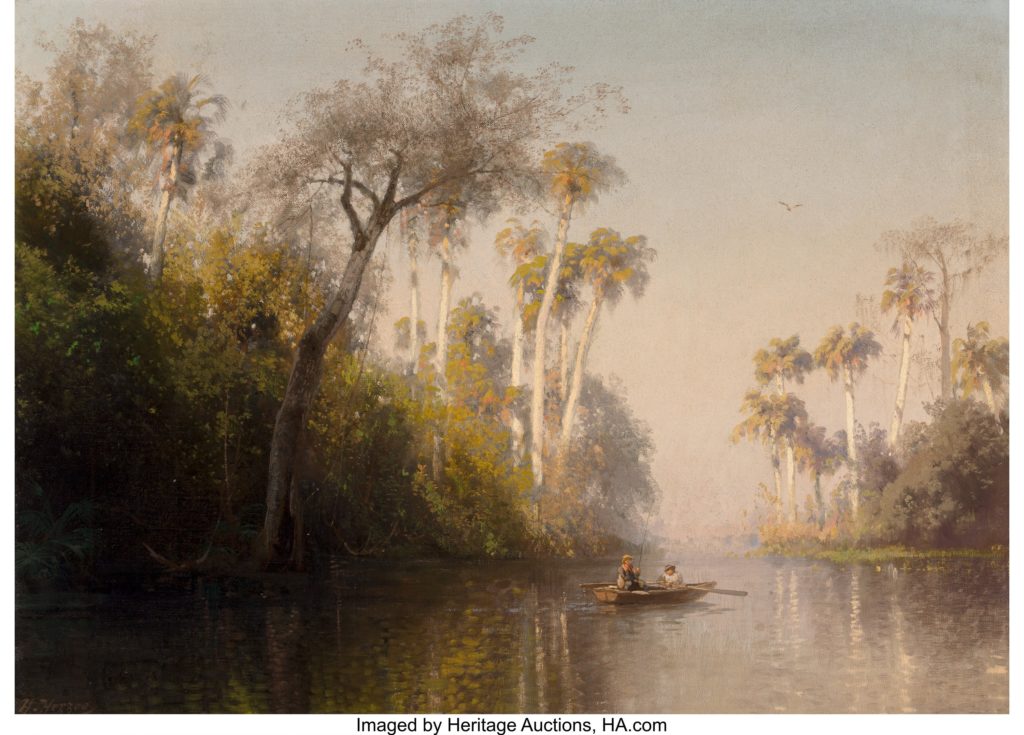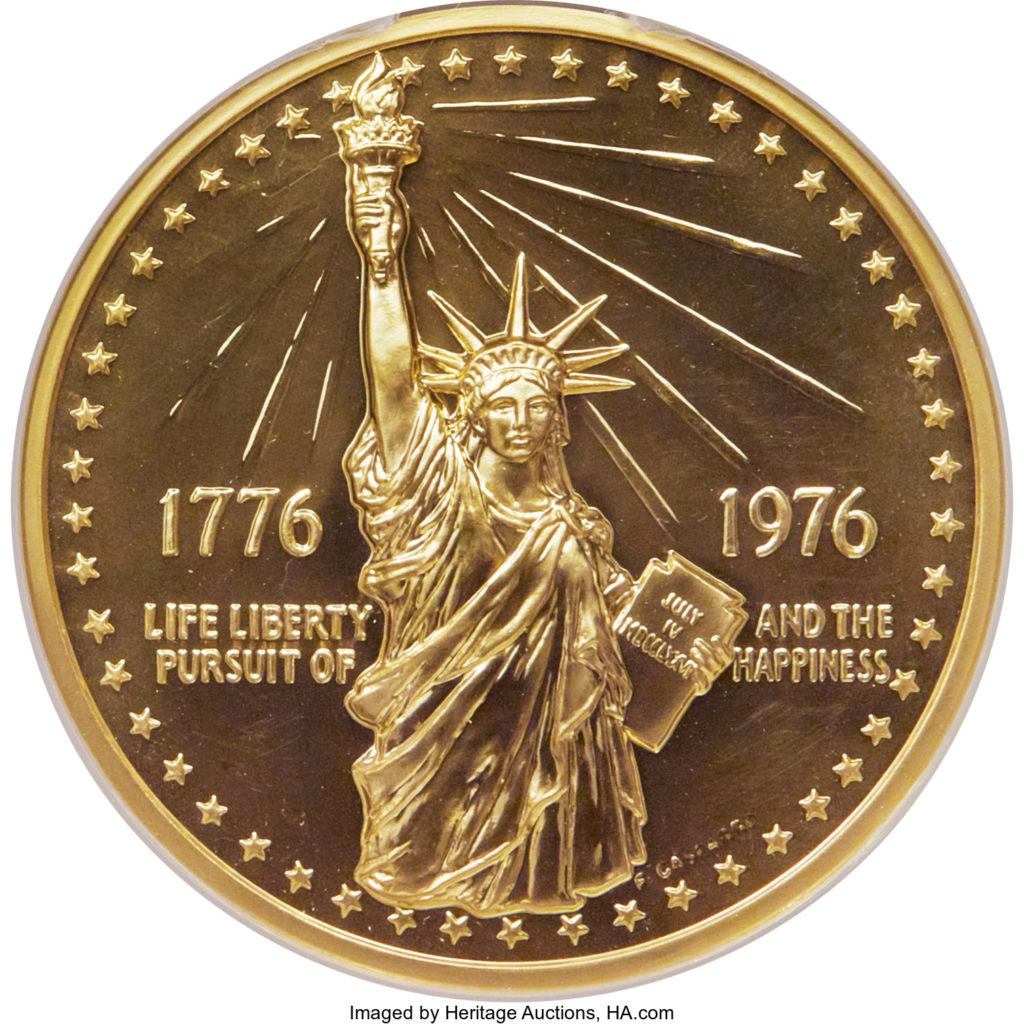
By Jim O’Neal
Many people typically think of American colonization in terms of English exploration and the establishment of eastern settlements like Jamestown, Va. (1607), the first permanent colony. Or perhaps even the slightly more renowned Massachusetts Bay Colony (1628-91) and Plymouth Colony (just south), which was founded by Separatist Pilgrims seeking freedom from the edicts of the Church of England.
However, the fact is Spanish explorer Juan Ponce de León (1457-1521) was the first European to touch what is now the mainland of the United States. He accompanied Christopher Columbus on his second voyage to the New World in 1493 as one of several hundred “gentlemen explorers.” This voyage landed in Hispaniola (now the Dominican Republic and Haiti) as Columbus never actually set foot in North America.
Ponce de León leveraged his military prowess to win an appointment from King Ferdinand of Spain to become the first governor of Puerto Rico. This was followed by his maiden voyage to the mainland, where he discovered La Florida (Land of Flowers) in 1513. He would die eight years later, after a battle with native Calusa people, without establishing a permanent settlement. The mythical tale of his search for a magical “Fountain of Youth” began circulating after his death. He was interred in Puerto Rico and his tomb is in the Cathedral of San Juan Bautista. Some speculate that more than 30 percent of Puerto Ricans are in his lineage.
The arrival of Europeans, primarily from Spain and England, has been described as the “most astounding clash of civilizations in history.” Scottish philosopher Adam Smith called it the “greatest and most important event in the history of mankind.” Spain dominated world exploration from the 15th to 17th centuries and was the first to own the description of an “empire on which the sun never sets.” This title shifted to the British Empire in the 18th and 19th centuries as the British Navy became the world’s most powerful force.
The devastation these incursions into the Western Hemisphere had on native populations almost defies comprehension. In 1492, Hispaniola had 1 million inhabitants; 20 years later, it had dwindled to 46,000. America’s native population was estimated at up to 100 million. An average of 1 million perished annually for most of the 16th century. It has been labeled “the greatest genocide in human history.”
The first official voyage to Florida is a microcosm of the relentless force of conquest. Spain traded it to Great Britain in 1763 for control of Cuba. The United States claimed ownership after the Louisiana Purchase (1803), and it gained statehood (no. 27) on March 3, 1845, after the Indian Removal Act and Andrew Jackson defeated the Seminole. Florida became a slave state, seceded from the Union and became part of the Confederacy.
During the next century, Florida would suffer through killer hurricanes, tornadoes and severe freezes. Then came the Great Land Boom of the 1920s when the city of Miami turned itself into a real estate cornucopia; 100,000 people were getting rich selling lots to each other. Some land was sold 10 times a day and the bubble was getting bigger every hour. One cabdriver drove a couple down from New York, took the $1,300 fare and invested it. Within three days, he was a millionaire. Another man sold his place in an auction line, went to another location and parlayed his money into $5 million.
One day, the merry-go-round stopped and those still holding tickets were broke!
Today, Florida has recovered from the 2008 real estate bubble, has a $1 trillion economy (fourth in the U.S.), a population of over 20 million (third largest), and is home to more than 451,000 millionaires (a fact) … and property is hot again.
One Achilles’ heel is that the state is a long peninsula and 75 percent of its people live within 10 miles of the coastline. The state is very flat. The highest point is 345 feet above sea level, which is the lowest high point in any state. It is easy to visualize rising sea levels endangering a state already known for its swamps. But Floridians seem relaxed about the risk. They are too busy flipping houses and enjoying the sun, sand and nightlife.
Cheers!
 Intelligent Collector blogger JIM O’NEAL is an avid collector and history buff. He is president and CEO of Frito-Lay International [retired] and earlier served as chair and CEO of PepsiCo Restaurants International [KFC Pizza Hut and Taco Bell].
Intelligent Collector blogger JIM O’NEAL is an avid collector and history buff. He is president and CEO of Frito-Lay International [retired] and earlier served as chair and CEO of PepsiCo Restaurants International [KFC Pizza Hut and Taco Bell].

